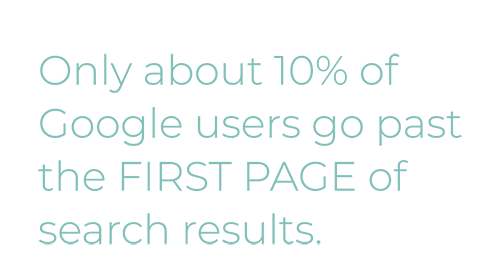Lead Generation
There are many strategies you can turn to for lead generation.
Email marketing, content marketing, search engine marketing, SEO, and many others! However, the two main ones every marketer should focus on are AdWords and social media marketing – in that order.
There are many reasons for this. AdWords is currently the most measurable digital marketing strategy. You always know what you’ll get. At the moment, you know that for every $1 spent, you’ll be getting on average $3 in return. If you already know what percentage of your leads usually convert, you can use those figures to determine how many leads the $1 would get you. Additionally, AdWords is extremely scalable. You can grow at your own pace.
Social media, meanwhile, is currently thought to be the most potent source of leads. With a platform such as Facebook boasting nearly 1.5 billion users, you can rest assured that a majority of your audience is on the network. You just need to engage them with the right content and soon you’ll have them lining up to buy from your business!
But how exactly can you use the two channels to generate leads? Let’s find out.
It’s no hidden secret that ranking on the first page, preferably at the top of organic search results gives you authority and would earn you a ton of traffic and help you generate a stream of leads. According to multiple studies, only about 10% of Google users go past the first page of search results. Also, about 33% of users click on the first item on the first page of search results. So, unless you’re appearing on the #1 spot, or at the very least, on the first page, you may not benefit much from your SEO efforts. That’s where AdWords comes in.
There can only be 10 to 13 items on the first page of the search engine results page and only one item in the #1 spot. But, just above the #1 item on the search result page and sometimes at the bottom of the results and even on the right-hand column, there you’ll find non-organic results in the form of AdWords ads.

A few marketers are still against the idea of such ads, strongly believing that organic ranking is the best. That’s also true. But look around; everyone is doing AdWords and they’re getting excellent returns for their investment. Even if just to remain competitive, you too must start using this strategy.
There are three main ways of using AdWords to generate leads:
- SEARCH ENGINE ADVERTISING
- DISPLAY ADVERTISING
- RE-MARKETING WITH ADWORDS
Search Engine Advertising
Search advertising is actually what results in those ads you see on Google search result pages. You basically bid on a certain keyword (or keywords) such as “Arkansas Criminal Attorney” and appear on selected search result pages when relevant queries are performed.
Some studies have shown that 25% of Google users click on SERP ads! And, if you didn’t already know, you only pay when someone actually clicks on your ads and is taken to your website. The amount you’ll pay depends on the competition for the specific keyword.
If you’re already using search advertising but aren’t getting as many leads as you’d hoped for, there are a couple of tips you can consider. For instance, instead of placing 10 or 20 keywords in one ad group, try having single keyword ad groups. Another idea is to use dynamic keyword insertion which allows you to change the text on your landing page. Then, you can also geo-target your ads to both lower your costs and generate more local leads. Geo-targeting can increase leads by 21.9% and decreases advertising costs by up to 38.5%.
Display advertising
Display ads are image ads placed on Google partner websites throughout the internet. You can choose which types of websites you want your ads to appear on and target the ads by demographics, interest, in-market and affinity audiences, and even choose if you want to pay per click, per impression, or per conversion (acquisition).
The only downside to display ads is that they don’t have a very high conversion rate compared to search advertising. Still, it’s a good strategy for brand awareness and if combined with search advertising can produce amazing results.

Re-marketing
with AdWords
Re-marketing simply means following potential customers with targeted ads. After a user visits your website or interacts with any of your online marketing messages, if you determine that they might be interested in your offers, you can follow them around with targeted ads that serve as reminders of the products or services they initially showed interest in.
It looks a bit creepy at the beginning but re-marketing produces some tasty results. One study found that the strategy has an ROI of 1,300% which is about $13 for every $1 spent. Even half of that would be an incredible return.
Re-marketing
with AdWords
Re-marketing simply means following potential customers with targeted ads. After a user visits your website or interacts with any of your online marketing messages, if you determine that they might be interested in your offers, you can follow them around with targeted ads that serve as reminders of the products or services they initially showed interest in.
It looks a bit creepy at the beginning but re-marketing produces some tasty results. One study found that the strategy has an ROI of 1,300% which is about $13 for every $1 spent. Even half of that would be an incredible return.
Generating Leads with Social media
Social media is more than just a way to engage your customers and grow your brand. When done correctly, platforms such as Facebook, Twitter, LinkedIn, and Instagram, among others, can generate new leads for your business.
Even better, social media lead generation is cost effective and produces results. According to a recent study, social media reduced customer acquisition costs for 45% of small and medium-sized businesses. Additionally, revenue increased for 24% of SMEs when they utilized social media for lead generation.
Start by picking the right channels. While Facebook has more than a billion users, it’s not the only channel you can use. For B2Bs, 44% generate their leads on LinkedIn, 39% generate their leads on Facebook, and 30% generate the leads on Twitter. There is no crime in choosing two or more channels for your lead generation, as long you as you’re prepared to spend enough time on each channel.
Once you’ve selected a channel or channels for your lead generation campaign, for the top three social networks, here’s how to proceed:
In order to generate a significant amount of leads on Facebook you may at some point be required to run paid ads. This is because Facebook recently made changes to their algorithms that make it rather difficult to organically find leads. The good news is that Facebook ads aren’t very expensive compared to other PPC options. Currently, the average CPC for Facebook is $0.80 while for AdWords, the average CPC is $2.50.
However, whether you’re running a paid or organic campaign, there are a few tips that can help:
Set up contests
Contests have been a huge hit on Facebook. They draw a lot of attention which can help bring in plenty of leads. The only downside is that not all the leads will be qualified. Nevertheless, it’s a good way to get email contacts.
Create a custom tab
In Facebook marketing, you can create custom tabs for your page which gives you the opportunity to create contact forms. You’ll need an app such as Static HTML to create the forms. Once your forms are up and running, you can use them to capture leads. Consider linking the forms to your posts and your paid ads for maximum exposure.
Generating leads with Twitter is still a new thing. Until Twitter cards hit the scenes, not many businesses had an idea of how to generate leads on the platform. But these days there are many other tools that you can use for lead generation on the network. Here are a few tips to help you generate maximum leads with Twitter features:
Use Twitter Cards
Twitter cards were first released in 2013 and their impact has been huge. A few years ago, the clothing company Rock/Creek managed to generate over 1,700 leads using the cards in just one week. To succeed with the cards, use an eye-catching image, throw in some stats, and make your copy appealing.
Track brand mentions
Are people mentioning your brand out there, perhaps on other social media channels? You need to listen to and take advantage of these mentions. There are many social media monitoring tools that you can use for this. Some of the things you need to track include; brand mentions, industry related keywords, and mention of competitors.
For B2Bs, there isn’t a better social network for generating leads. Since it is catered towards professionals and networking, LinkedIn is a natural lead generation tool. Here are a few tips on how to get the most leads from the network:
Offer a Free sample
LinkedIn Premium gives you the opportunity to find qualified leads based on their role at the company they work and then contact them directly using InMail. This essentially means you can bypass the gatekeepers and go directly to the decision makers. Offer the decision maker a free sample and you might just have scored a highly qualified lead!
Get on Slideshare
LinkedIn acquired Slideshare a few years back to the delight of every marketer because the content sharing platform gets a lot of traffic. To gain leads from Slideshare, create highly relevant presentations and upload them to the platform in the form of slide decks. Your presentations will be visible on your LinkedIn profile or company page. Don’t forget to place a short Call to Action at the end of the presentation so readers can contact you.
We can help you get started
Simplemachine is a Certified Google Partner and leading digital marketing agency in Northwest Arkansas. We have the experience, know-how, and team to help you reach your lead generation goals. Contact us today and let’s help you finally get those leads on board!


